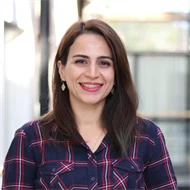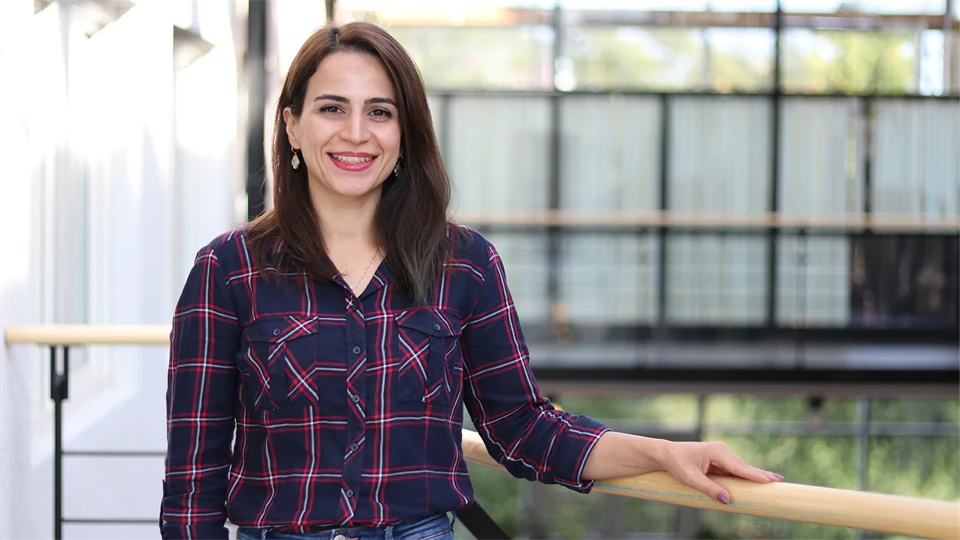From Electronics to Telecommunication ‑ Neda Shalavi new PhD‑student at STC
Neda Shalavi, originally from Iran, recently started as a new PhD-student at STC Research Centre. Neda holds a bachelor’s degree in Electrical Engineering, specializing on electronics circuits. However, when it was time for her master’s studies, she changed her focus to Telecommunications.
- I took an Advanced English course, where I was assigned to give a lecture on telecommunications. This sparked my interest in the field, and as a result, I switched my focus from electronics to telecommunications, Neda explains.
In her master thesis, Neda worked on downlink channel estimation for FDD based Massive MIMO systems, which led to a published paper. During this time, Neda expanded her professional network on LinkedIn and got in contact with Prof. Mikael Gidlund and his research team at STC Research Centre.
Wanted access to the latest technology
- I wanted to pursue my PhD in a developed country like Sweden, where access to the latest technology and research facilities is essential in our field. Mikael’s research team stood out to me because they work on cutting-edge projects with highly skilled researchers, which is why I decided to apply for the position, tells Neda
Neda is now starting her doctoral studies at Mid Sweden University, focusing on network optimization and radio frequency resource management in Open Radio Access Networks (Open RAN).
- Open RAN is an emerging technology that complements 5G, enabling a more flexible and interoperable network architecture. It’s an open platform where telecom operators, researchers, and vendors can collaborate to develop and customize network functionalities. I’ve recently started exploring Open RAN and the various methods used for optimizing and managing network resources. My PhD research will focus on addressing resource allocations key challenges within this field, tells Neda.
Use Machine Learning for a flexible network
Depending on the specific use cases, the network’s requirements for latency, reliability, and throughput can vary significantly. The network must efficiently allocate and orchestrate resources to meet these varying performance demands. For instance, a mobile user streaming video typically requires moderate latency and high bandwidth, while mission-critical industrial applications, such as remotely controlled vehicles, demand ultra-low latency and high reliability. The network architecture needs to be highly flexible and adaptive to dynamically adjust resources and ensure quality of service across such diverse applications.
- We need to figure out the problems and create a flexible network that can connect different kinds of nodes and applications through various interfaces. We’ll use machine learning and mathematical optimization techniques to achieve this. We have a 5G setup in our lab, including a 5G base station, which we’ll use to test future optimization algorithms, tells Neda.
Looking forward to work practical and theoretical
Currently, Neda is focused on expanding her knowledge of network optimization techniques, which will be crucial for resource orchestration in Open RAN. Together with her supervisors, she will soon define the specific research question for her thesis.
- I aim to strengthen both my theoretical knowledge and practical skills by conducting research that leads to real-world applications, rather than being limited to simulations. I'm eager to collaborate with both academia and industry, contributing valuable insights that can have a positive practical impact, concludes Neda.
Contact

